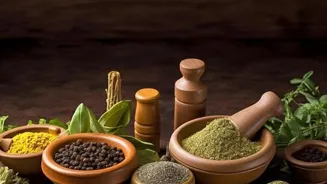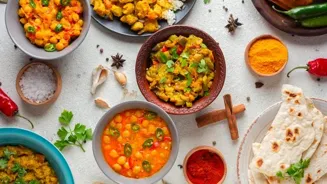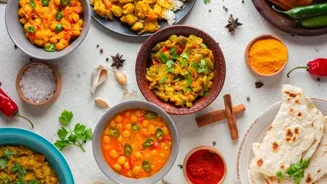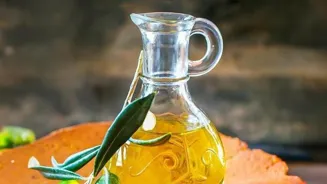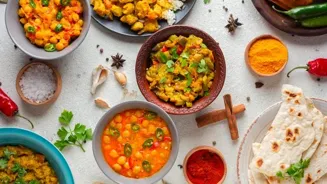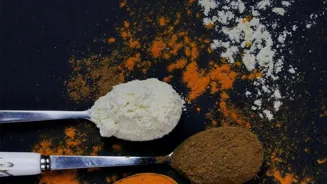Unveil the Secrets of Traditional Indian Cooking with 10 Tips! Elevate your dishes from simple to sensational. Read more for authentic flavors!
Namaste, food lovers! Are you ready to embark on a culinary
journey to the heart of India? Traditional Indian cooking is an art form, passed down through generations. It's more than just following a recipe; it's about understanding the ingredients, respecting the process, and embracing the flavors.
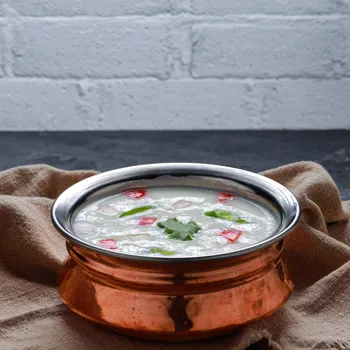
We're about to spill the chai on some of the best-kept secrets that will elevate your cooking from simple to sensational. These tips will help you unlock the magic of those delectable dishes you've always admired at your favorite Indian restaurant or your grandmother's kitchen.
Get ready to impress your family and friends with authentic flavors!
The Power of Fresh Spices:
Forget those pre-ground spices sitting in your pantry for ages. The key to unlocking the vibrant flavors of Indian cuisine lies in using fresh, whole spices. Buying spices whole and grinding them yourself right before cooking will make a world of difference. The aroma and potency are unparalleled!
You can lightly toast the spices on a dry pan for a couple of minutes before grinding to really bring out their flavor. A simple coffee grinder or spice grinder will do the trick. Trust me, once you start grinding your own spices, you'll never go back.
It's like the difference between freshly brewed coffee and instant coffee – the taste is just so much brighter and more alive. Experiment with different spice blends like garam masala or sambar powder, but always start with fresh, whole spices as your base.
It's the foundation of truly authentic Indian flavors. The difference will be night and day, truly!
The flavor is robust and undeniable!
The Art of Tempering (Tadka/Chonk):
Tempering, often referred to as "tadka" or "chonk," is a technique where spices are briefly fried in hot oil or ghee (clarified butter) to release their aroma and flavor. This infused oil is then added to a dish as a final flourish, adding depth and complexity.
It's like a flavor explosion in your mouth! Common spices used for tempering include mustard seeds, cumin seeds, dried red chilies, and curry leaves. The sizzle and pop of the spices in hot oil is a sensory experience in itself.
Make sure the oil is hot enough, but not so hot that it burns the spices. You want them to gently sizzle and release their aroma. Tempering is often done at the end of the cooking process for dals (lentil stews) and vegetable dishes.
It elevates the the entire culinary profile.
Mastering the Use of Hing (Asafoetida):
Hing, also known as asafoetida, is a pungent resin that adds a unique savory flavor to Indian dishes. It's especially popular in vegetarian cuisine as it imparts a flavor similar to onion and garlic. However, a little goes a long way!
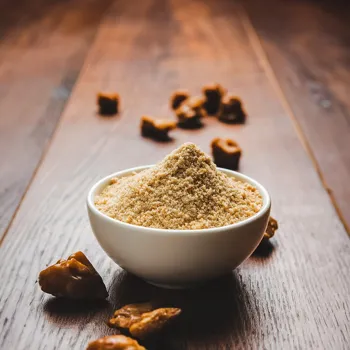
Hing has a very strong odor in its raw form, but when cooked, it mellows out and adds a wonderful depth of flavor. Start with a pinch or two and adjust to your taste. It's often used to temper dals, curries, and vegetable dishes.
Hing is also believed to aid digestion and reduce bloating, so it's a win-win! Many find that it adds a hearty flavor . This is a secret ingredient that many do not know! Start small and you will discover the flavor!
The Importance of Soaking Lentils and Beans
In Indian cooking, lentils and beans are kitchen staples that form the base of many delicious and nutritious dishes. What many home cooks aren’t aware of, however, is the importance of soaking these ingredients before cooking them.
Soaking lentils and beans for at least a couple of hours, or preferably overnight, has several key benefits. Firstly, it reduces cooking time significantly. This is because the soaking process rehydrates the lentils and beans, allowing them to cook more quickly and evenly.
Secondly, soaking helps to remove some of the indigestible sugars and starches that can cause bloating and gas. This makes the lentils and beans easier to digest and reduces the likelihood of digestive discomfort.
Beyond these practical benefits, soaking also has a positive impact on flavor and texture. Soaked lentils and beans cook up to be more tender and have a creamier texture.
Layering Flavors: The Indian Cooking Secret:
One of the hallmarks of Indian cooking is the art of layering flavors. It's not about throwing all the spices together at once; it's about adding them in stages to create a complex and nuanced flavor profile.
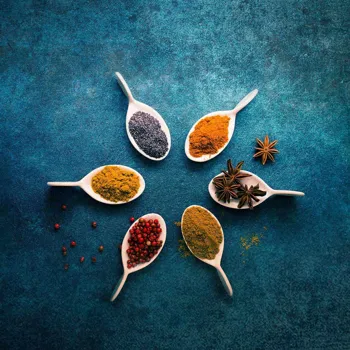
Start with the base flavors like ginger, garlic, and onions, and then gradually add the spices, allowing each one to bloom and release its aroma before adding the next. This technique builds depth and complexity, resulting in a dish that is greater than the sum of its parts.
Think of it like building a symphony – each instrument plays its part, and together they create a beautiful melody. Layering flavors takes practice, but it's well worth the effort.
The richness of flavor increases each time you add a layer.
Yogurt Marination for Soft and Flavorful Vegetable Dishes:
Yogurt is a secret weapon in Indian cooking, especially when it comes to creating incredibly tender and flavorful vegetable dishes. Marinating vegetables in yogurt before cooking helps to tenderize them and infuses them with a delicate tanginess.
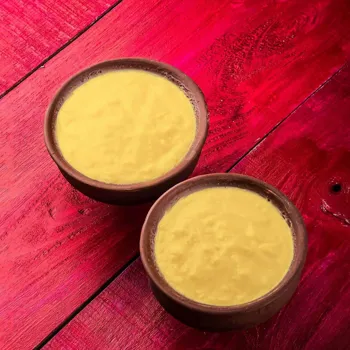
The lactic acid in yogurt breaks down the fibers in the vegetables, making them softer and more palatable. You can add spices, ginger, garlic, and other flavorings to the yogurt marinade to further enhance the taste.
For best results, marinate the vegetables for at least 30 minutes, or even overnight. This technique works especially well for vegetables like cauliflower, eggplant, and okra. Try it once you will discover the beauty of using yogurt. It is a game changer for many vegetables. Prepare to be amazed.
AI Generated Content. Glance/InMobi shall have no liability for the content
